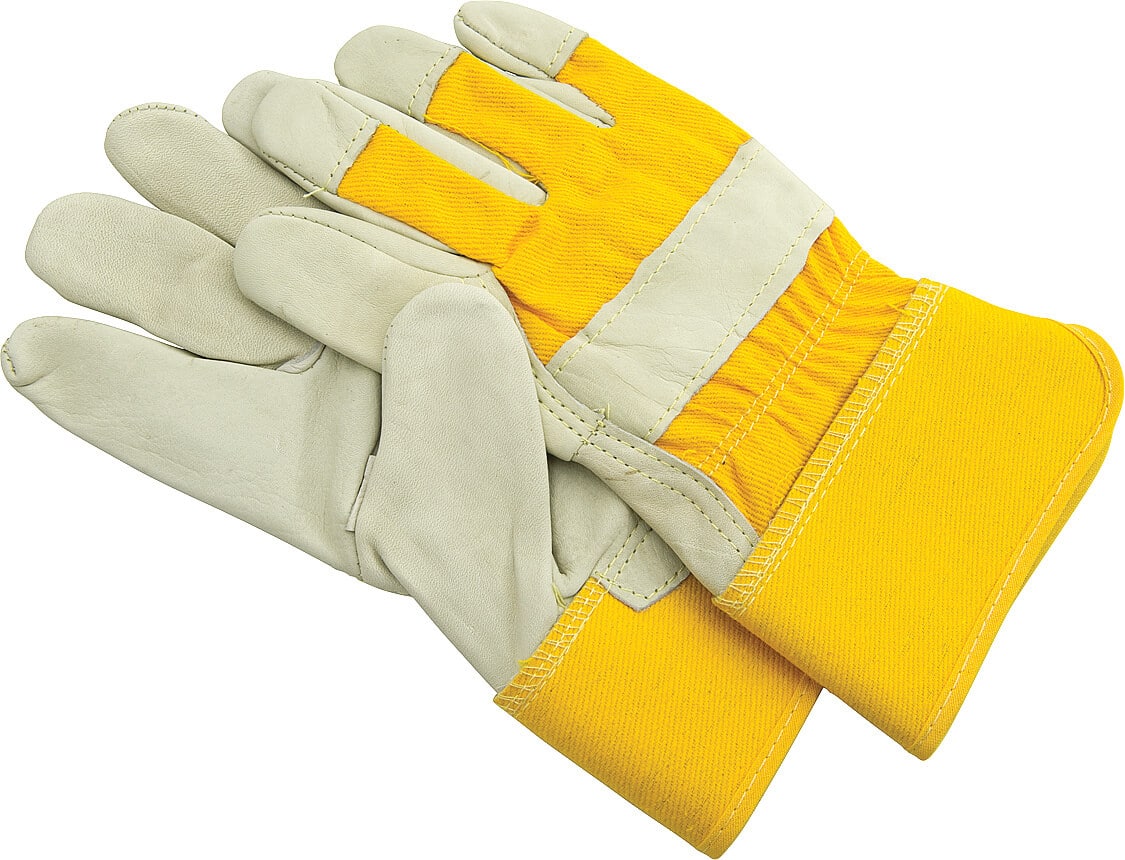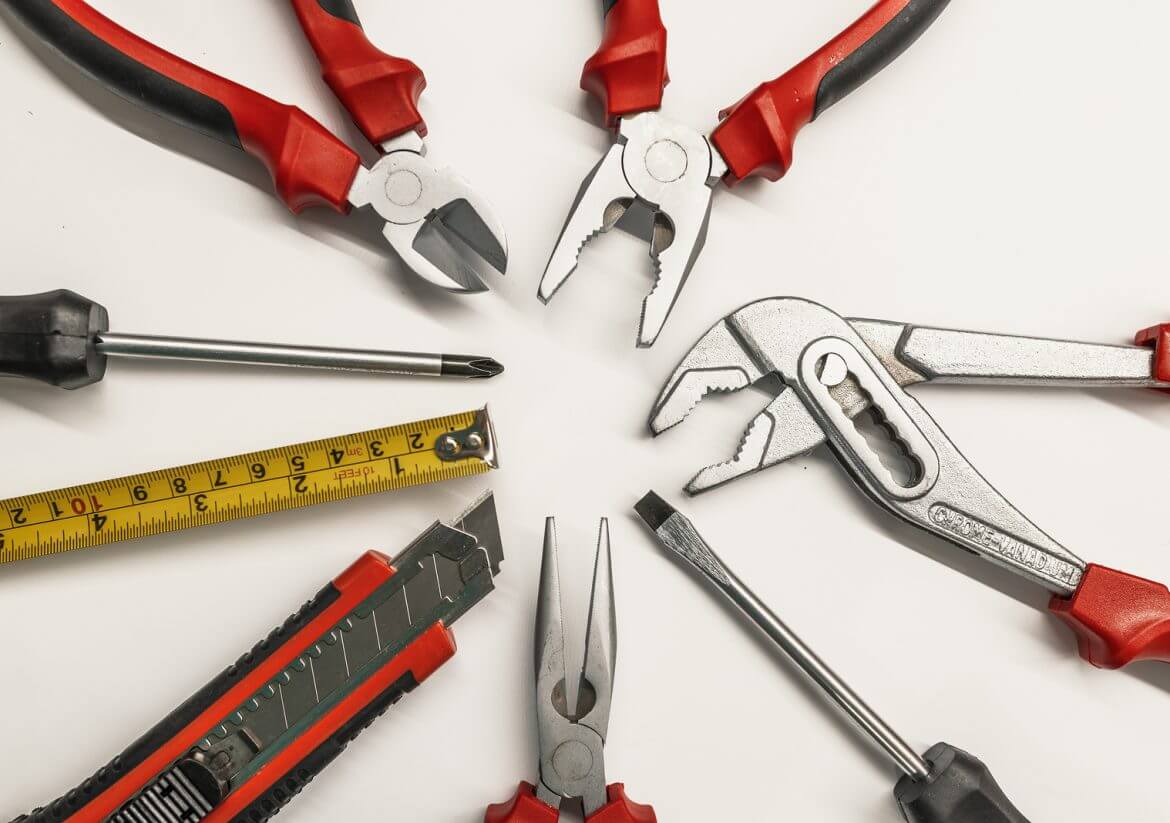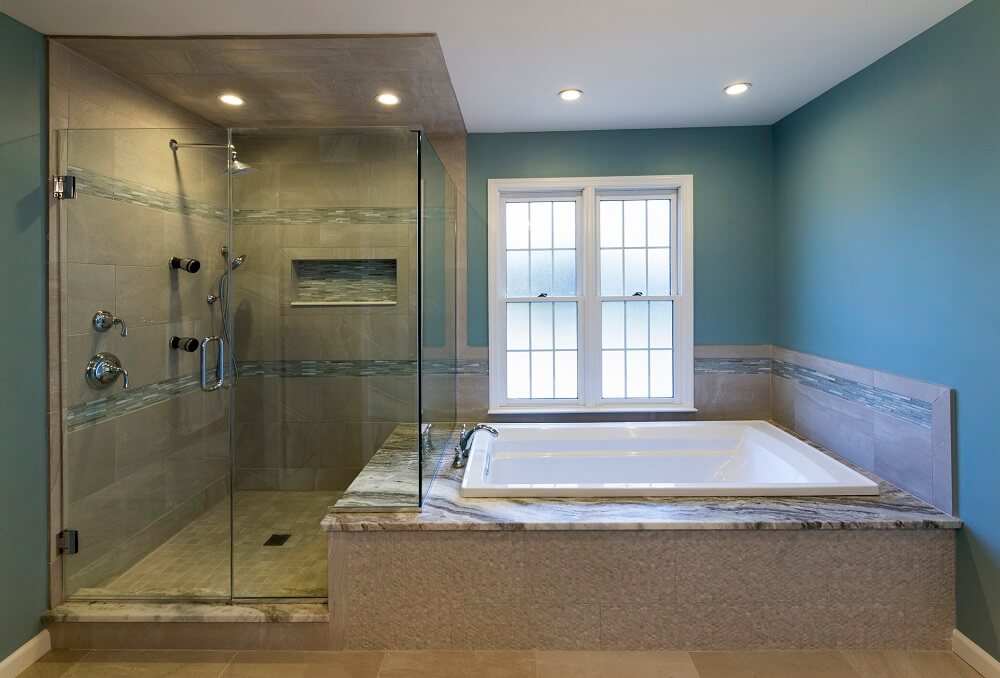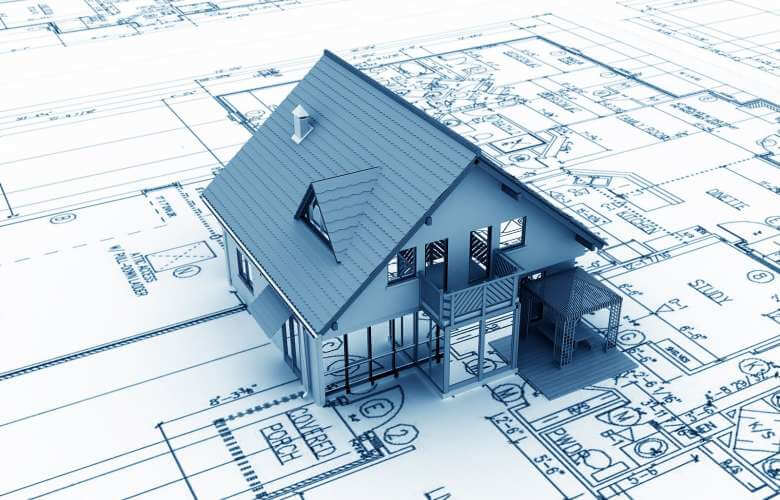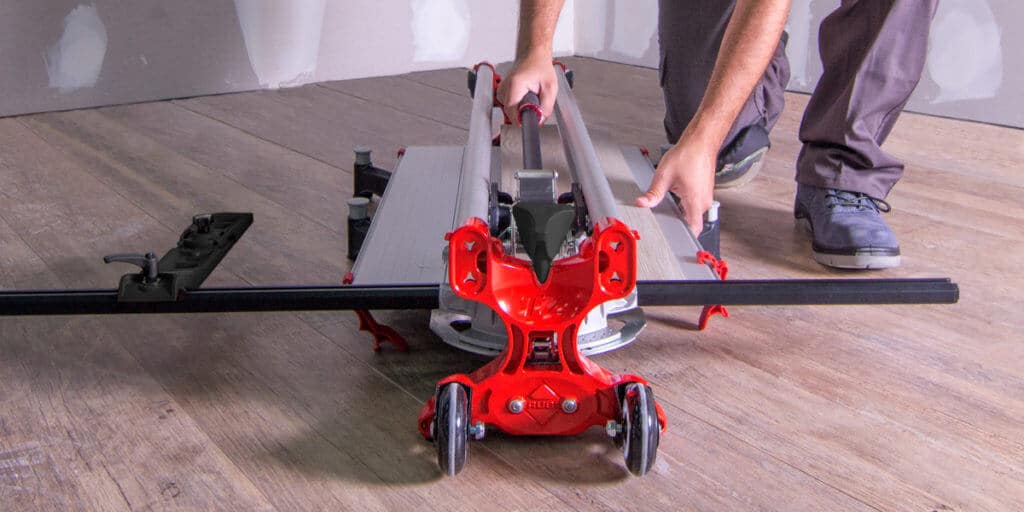6 Safety Tools When Renovating Your Bathroom
There are 6 safety tools that are crucial for a successful and injury-free home bathroom renovation project. The proper safety tools and their correct usage are requisites that should not be ignored when remodeling your bathroom. You will be utilizing all sorts of power tools and there will be chiseling and sanding and other similar potentially hazardous activities going on. In such an environment bathroom safety is and always should be your top priority – after all, you do want a beautiful, remodeled bathroom, but not at the cost of your safety or well-being so it is imperative to have on hand the right bathroom remodeling safety equipment when revamping your bathroom.
Read on for tips on bath renovation safety and all the information you need on the selection of 6 of the best safety tools you will require when renovating your bathroom.
“Summary: These 6 safety tools are crucial when attempting an injury-free safe bathroom renovation project. Safety tools help protect you from sparks, flying debris, and fire hazards. Purchase good quality safety equipment to ensure your safety tools help you get through your next bathroom renovation without a hitch.”
Read more: Fast Fixer-Upper Profits For Your Home and Bathroom
What kind of safety gear do you need and why?
Figure out exactly what changes you intend to make in your bathroom and then go safety gear shopping based upon what you plan to do. If there is going to be a lot of dust or flying debris then safety eyewear is a must. Head on over to the nearest home improvement store and purchase quality safety equipment; budget shopping bathroom safety tools could be hazardous to your health and may not offer you the best protection.
Below is a list of 6 essential safety tools that almost all of you DIYers will require when remodeling their bathroom.
1. Safety Goggles or Safety Glasses – As far as bathroom remodeling safety tools go; this piece of protective gear tops it. With all the debris and sparks flying around, safety goggles are a must. Do not even think of attempting a home bathroom renovation without a pair of this protective eyewear, no matter how eager you are to commence!
There are moderate risks involved in working with power tools – these tools of the trade can be dangerous machines that throw off wooden splinters or produce sparking that may cause you a serious eye injury or even blindness.
Grab some protective safety goggles before you do any DIY renovation and if you have prescription eyeglasses, then place the lenses inside the safety goggles so your eyes will always be protected. See my favorite safety goggles here.
Read more: Do You Know What’s in Your Bathroom Walls?
Safety Tool Tip #1 – Choose your eye protection with care and precision – the goggle shaped ones will keep the dust and paint out and the shatter-proof ones will prevent any wayward flying material to come in contact with your eyes.
Safety Tool Tip #2 – Get good quality ones rather than good-looking ones!
2. Work Gloves or Safety Gloves – Beautifully done home renovation is a mastery of your hands – so protecting your hands is next on our list of bathroom remodeling safety tools.
Rubber gloves or leather gloves? Spandex or garden gloves? And does one size fit all here?
All valid questions – the DIY market is flooded with work glove choices – from cowhide multi-task leather gloves that guarantee freedom from the cold weather and sharp wooden splinters to cheap, latex disposable gloves or electrically insulated rubber gloves for any kind of home renovation endeavor that involves electricity above 50 volts. Choose your work gloves with care and sensibility – again, you want safety to be your top priority, not budget buying or pretty looks.
Safety Tool Tip #3 – Get disposable latex gloves for any work involving chemicals or nitrile coated disposable ones for any paintwork.
Read more: What You Should Know Before Hiring a Bathroom Remodeling Company
Safety Tool Tip #4 – Check out the size too – long-length will be useful in a DIY plumbing.
3. Dust Mask and Face Shield – Since you’re in for a DIY bathroom renovation, there will most definitely be dust, paint fumes, and/or flying metal shards, hence these two safety tools that you must get.
A box of disposable dust masks can easily be bought off Amazon or your nearest home décor store. Just grab one before you go sweeping off the debris on the dusty bathroom floor.
A face shield guards and protects your face from any small, sharp object that can wound you while you work.
Safety Tool Tip #5 – Choose a dust mask and a face shield that are tight-fitting and secure.
4. Respirator – Admit it – you will not only be hammering and chiseling away when renovating your bathroom. There might be tasks that could lead to inhaling toxic fumes from paint solvents or the humidity along with the chemicals you’re working with might give you a headache and make you fatigued and hence more accident-prone. That’s why you need a respirator, for your well-being and health safety, till the end of your dream remodeling project.
5. Hearing Protection or Ear Muffs – If high-decibel power tools are going to be used, then good quality ear muffs are a must. Long-time usage of loud devices can irreversibly damage your hearing.
6. A-B-C Rated Fire Extinguisher – You never know when the unthinkable can happen. This fires safety tool is compulsory for a DIY bathroom renovation project. Just get one that has an A-B-C rating which means that it will work on all kinds of fire – electrical, wood, metal etc.
Safety Tool Tip #6 – Pick one that’s handy to carry and use. A bulky bottle will waste precious seconds if a fire flares up.
Surviving a bathroom renovation is quite simple once you have the right safety tools and know their proper usage.
In closing, here are a few more pointers to keep you safe when working on your bathroom:
• Read all manuals and respect your tools. Store them in a spot where you can easily locate them the next time you need them. Clean and check your tools periodically.
• Wear snug and long-sleeved protective clothes.
• No jewellery – it can get stuck in a machinery.
• Clean the work area as you move along the project. Mess means accidents waiting to happen.
• Power off all electricity before any work involving electricity.
• Always call a professional or seek help, when in doubt and always remember – better safe than sorry.
Read more: Choosing The Right Tool For Your Next Bath Remodeling Job
Having these 6 essential safety tools in your repertoire will ensure you are safe when renovating your bathroom. Safety advice should always be at the back of your mind when performing any kind of renovation, after all, you want to be able to enjoy and admire all the hard work you put into your bathroom when everything is done. While safety tools are important, choosing the right tools to perform the job when remodeling your bath is also something you should keep in mind.

